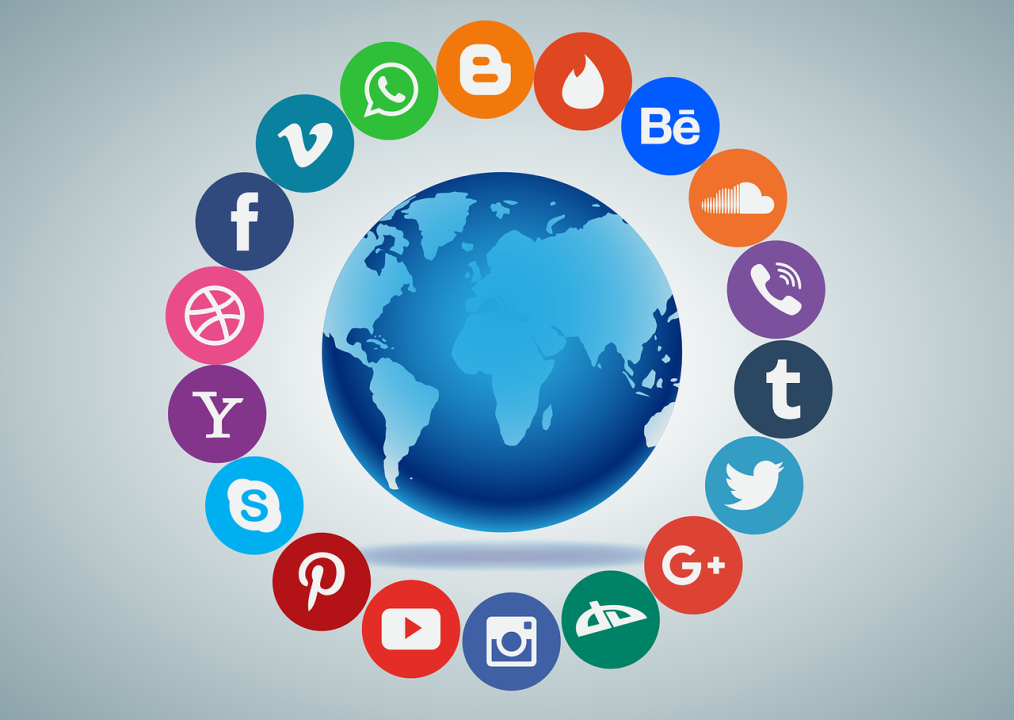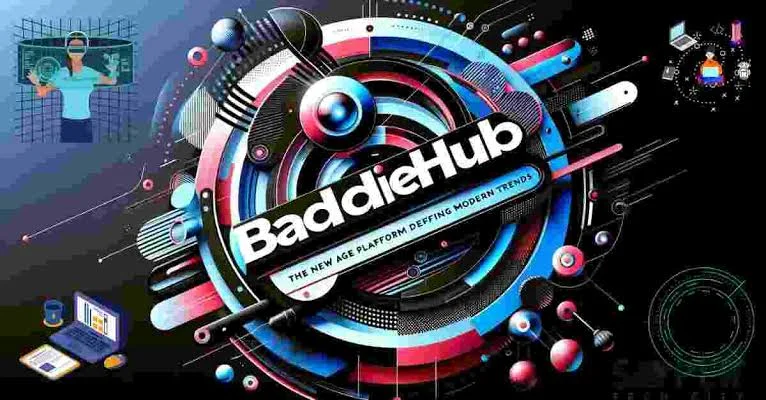In today’s digital landscape, social media has become a cultural powerhouse, setting trends, influencing lifestyles, and shaping perceptions of beauty and self-expression. One of the most prominent movements to emerge from this space is the “baddie” aesthetic. With its bold makeup, high-fashion sense, and unapologetic confidence, the baddie look has become a global phenomenon. While many associate this style with influencers on platforms like Instagram and TikTok, communities and platforms like BaddieHub have emerged to cater specifically to this audience, providing a unique space to celebrate and amplify the baddie persona.
But what exactly is BaddieHub, and how does it fit into the larger context of the baddie aesthetic and culture? In this introduction, we’ll dive deep into understanding the origins of the baddie movement, explore how it gained momentum on social media, and analyze how BaddieHub serves as a dedicated platform for enthusiasts of this style. By examining these aspects, we can better appreciate the cultural impact and significance of the baddie aesthetic, as well as the community spaces that support and nurture it.
The Origins of the “Baddie” Aesthetic
The “baddie” aesthetic can trace its roots to a blend of streetwear fashion, high-glam beauty, and a fierce sense of self-confidence. Emerging in the early 2010s, the baddie look was initially popularized by celebrities like Kim Kardashian, Rihanna, and Kylie Jenner, who embodied this bold and empowered image. These icons showcased a style that was glamorous yet accessible, inspiring countless young women to adopt similar aesthetics.
However, it wasn’t just about the clothes or the makeup. Being a baddie meant owning your confidence, embracing your individuality, and often portraying a luxurious lifestyle. Social media platforms, particularly Instagram, became the perfect stage for this style to flourish. Influencers and aspiring baddies started curating their feeds with carefully styled outfits, sharp contouring techniques, and empowering captions that resonated with a wide audience.
As the aesthetic gained traction, it began to evolve. No longer just about emulating celebrities, the baddie look became a cultural movement that emphasized self-expression and authenticity. With this evolution came a demand for spaces where baddies could connect, share tips, and celebrate each other’s style. Enter BaddieHub—a platform designed to cater to this niche but influential community.
BaddieHub: A Space Dedicated to the Baddie Culture
BaddieHub, as the name suggests, is more than just a platform—it’s a hub for all things baddie. Whether you’re looking for style inspiration, beauty tutorials, or a community that understands and appreciates the baddie lifestyle, BaddieHub offers a space to explore and engage with like-minded individuals. While it may be easy to dismiss it as just another social media outlet, BaddieHub represents a significant shift in how niche aesthetics and subcultures are celebrated online.
The platform offers a range of content, from fashion showcases and makeup tutorials to discussions on self-empowerment and personal branding. BaddieHub also frequently highlights upcoming influencers and provides them with a platform to gain visibility and connect with a broader audience. This community-driven approach has allowed BaddieHub to become a focal point for those who resonate with the baddie aesthetic, offering support and inspiration for both newcomers and seasoned enthusiasts.
The Role of Social Media in Shaping the Baddie Movement

To truly understand BaddieHub’s impact, it’s essential to look at the broader influence of social media on the baddie movement. Platforms like Instagram, YouTube, and TikTok have played a critical role in the rise of the baddie aesthetic, providing a space for influencers to showcase their styles and reach millions of followers. These platforms democratized fashion and beauty, allowing anyone with a unique look and a strong presence to make a mark.
Visual content is key to the baddie aesthetic. Instagram’s focus on images and TikTok’s short-form videos have enabled influencers to share not only their looks but also the process behind them. Makeup transformations, clothing hauls, and “get ready with me” videos became staples of the baddie community, showcasing the meticulous effort that goes into achieving the look. As these influencers gained popularity, so did the desire for dedicated platforms like BaddieHub, where the baddie community could delve deeper into this culture.
Moreover, social media allowed for a diversification of what it meant to be a baddie. No longer confined to specific body types or racial backgrounds, the baddie aesthetic became more inclusive, embracing different forms of beauty. BaddieHub has played a crucial role in fostering this inclusivity, featuring diverse creators and promoting a more expansive definition of the baddie persona.
The Empowerment Behind the Baddie Aesthetic
One of the defining features of the baddie movement is its emphasis on empowerment and confidence. The baddie aesthetic isn’t just about looking good—it’s about feeling good, asserting one’s self-worth, and being unapologetically confident. For many, adopting the baddie style can be a transformative experience that boosts self-esteem and provides a sense of agency over one’s appearance and identity.
BaddieHub and similar platforms contribute to this sense of empowerment by offering resources, inspiration, and a supportive community where members can share their journeys. Tutorials and advice on the platform go beyond superficial beauty tips; they often touch on themes of self-care, mental health, and personal growth. This holistic approach makes BaddieHub a valuable resource for anyone looking to embrace the baddie lifestyle on their own terms.
Challenges and Criticisms of the Baddie Culture
Despite its popularity, the baddie movement has faced its share of criticisms. Some argue that the emphasis on physical appearance can perpetuate unrealistic beauty standards, contributing to issues like body dysmorphia and low self-esteem, especially among young women. Additionally, the curated nature of social media often means that the baddie lifestyle portrayed online doesn’t always reflect reality, leading to feelings of inadequacy or pressure to conform.
Platforms like BaddieHub need to navigate these challenges by promoting a balanced perspective that celebrates beauty and confidence while encouraging authenticity and self-acceptance. By featuring diverse creators and promoting messages of self-love, BaddieHub has the potential to counteract some of these negative aspects and foster a more positive, inclusive environment.
Looking Ahead: The Future of BaddieHub and the Baddie Aesthetic
As the digital landscape continues to evolve, so too will the baddie aesthetic and platforms like BaddieHub. The future of the baddie movement will likely see a continued emphasis on diversity and inclusivity, with a growing focus on sustainability and ethical fashion. Moreover, as social media platforms introduce new features and tools for creators, we can expect BaddieHub to expand its offerings, providing even more ways for baddies to connect, express themselves, and celebrate their unique styles.
In conclusion, BaddieHub represents more than just a platform for showcasing the latest in baddie fashion and beauty—it’s a community that empowers individuals to embrace their style, confidence, and identity. As the baddie movement continues to gain momentum, platforms like BaddieHub will play a crucial role in shaping its future, offering a space where baddies from all walks of life can come together to celebrate what it truly means to be a baddie.


2 thoughts on “Introduction: Exploring the Rise of BaddieHub and the “Baddie” Aesthetic in Social Media Culture”